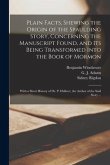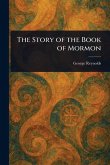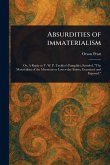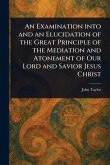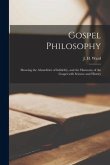Explore the controversial origins of Mormonism with George Reynolds' "The Myth of the Manuscript Found: Absurdities of the Spaulding Story." This meticulously researched work delves into the enduring debate surrounding the Book of Mormon and its purported connection to the "Spaulding Manuscript." Reynolds critically examines the historical evidence and arguments related to this theory, offering a detailed analysis of its claims and contradictions. This book provides valuable insights into the early history of the Church of Jesus Christ of Latter-day Saints, exploring the religious and political landscape in which it emerged. It presents a classic example of religious criticism and interpretation, inviting readers to consider the complexities of faith, historical narratives, and the power of belief. Whether you are interested in Mormonism, religious history, or the study of biblical criticism, this volume offers a compelling and thought-provoking perspective on a pivotal moment in American religious history. This work has been selected by scholars as being culturally important, and is part of the knowledge base of civilization as we know it. This work is in the public domain in the United States of America, and possibly other nations. Within the United States, you may freely copy and distribute this work, as no entity (individual or corporate) has a copyright on the body of the work. Scholars believe, and we concur, that this work is important enough to be preserved, reproduced, and made generally available to the public. We appreciate your support of the preservation process, and thank you for being an important part of keeping this knowledge alive and relevant.
Bitte wählen Sie Ihr Anliegen aus.
Rechnungen
Retourenschein anfordern
Bestellstatus
Storno



